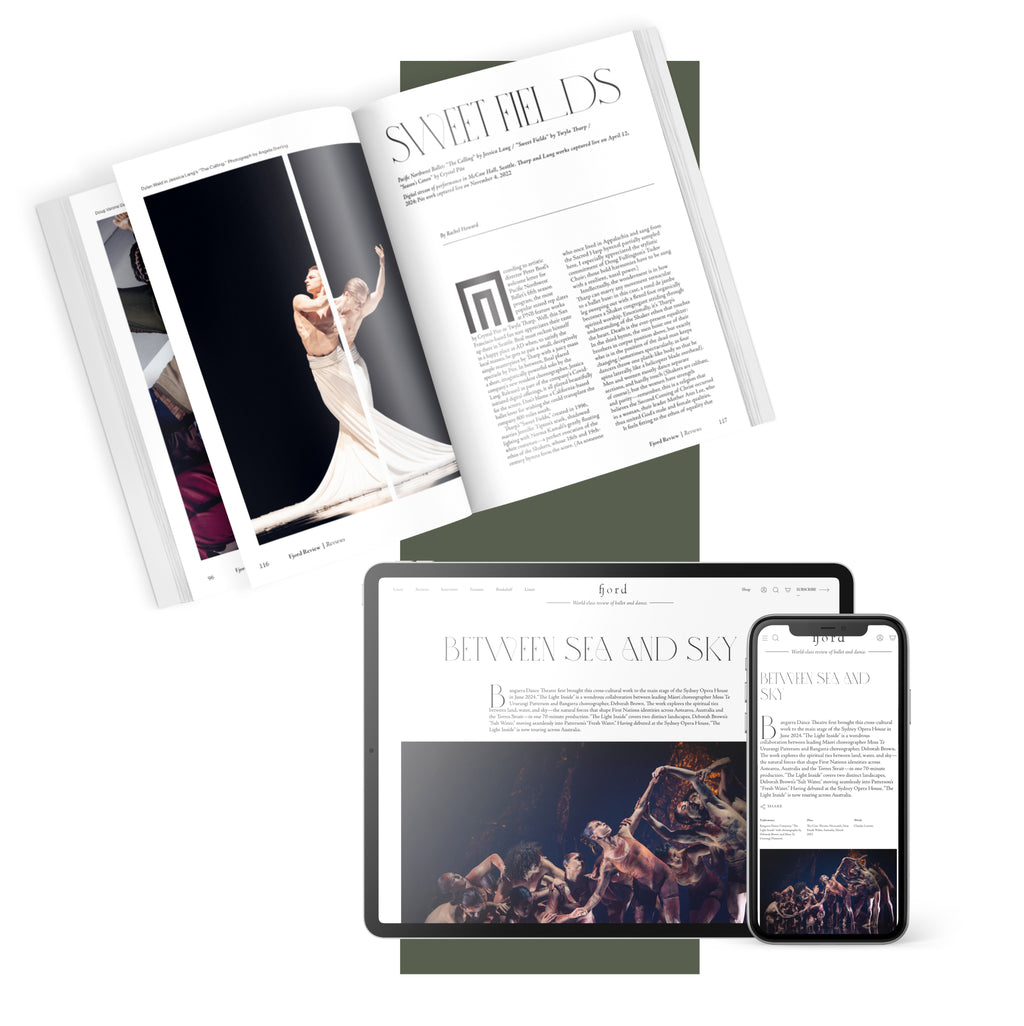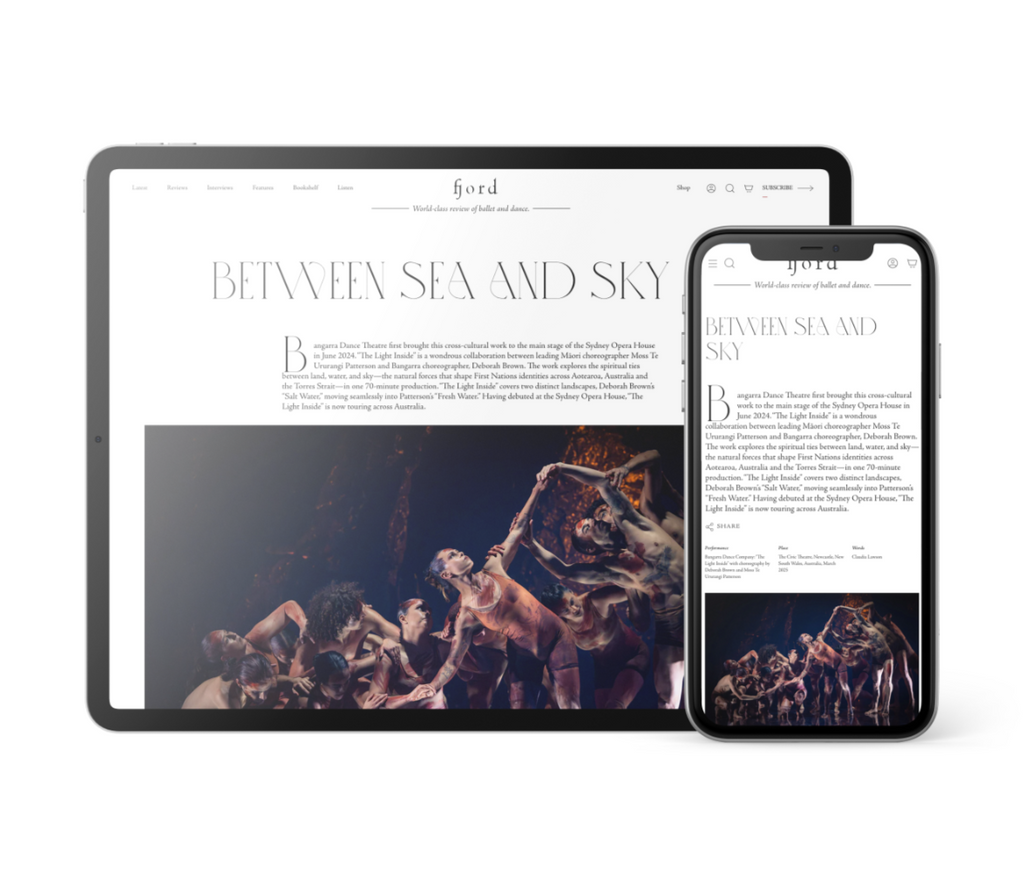I was reminded of this comment while watching this year’s “Winning Works,” presented by the Grainger Academy of the Joffrey Ballet. This year, 2025, is the programme’s fifteenth year in existence. After a national call, five ALAANA artists (African, Latinx, Asian, Arab, and Native American) are selected to create new works on the Academy’s students. The result is a dynamic mixed-bill programme, with some works brimming with potential, while others seem fully fledged.
Each work is prefaced by a backstage video, showing the rehearsal process and interviews with the choreographers and young dancers. First up is “Lusi” by Alejandro Perez. Perez wanted to create a tribute to his late friend with whom he used to spend time with during his summer visits to Mexico. Lusi was Perez’s first hip-hop partner, and they would often spend their days messing around in the rain. “Lusi” is a jam-packed fifteen minutes. The dancers are dressed in dusky colours made of natural looking fabrics, invoking heat and long evenings. Under the sound of rain drops, this technically versatile group move between intricately linked formations that move as one or in a rippling canon, to spreading across the stage, encircling a heartfelt duet. It feels as though we are getting a preview of the many avenues that Perez might take, and the statements he wants to make, including a poised central performance of a male dancer en pointe.












comments